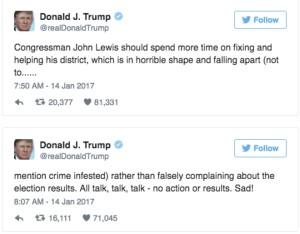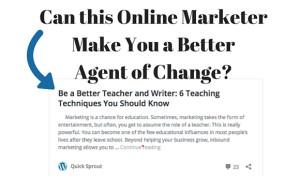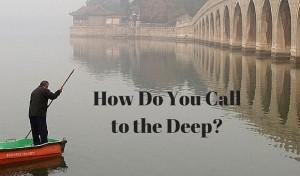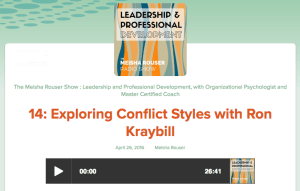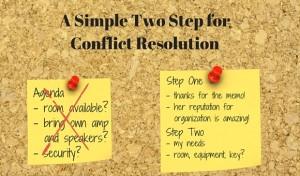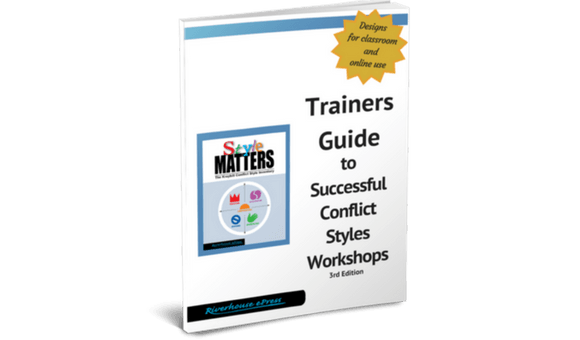
Just re-released: my Trainers Guide to Successful Conflict Styles Workshop. Now 38 pages in the 2017 edition, it’s still free.
Like earlier versions, this one gives step-by-step guidance for trainers. My aim is to make it easy for anyone with basic group leadership skills to lead successful conflict styles learning.
New in this edition are sections on training supported by online tools. With a third or more of the US workforce working from home, multi-platform environments and extensive online interaction are the norm for many. Trainers tooled only for live classrooms are obsolescing.
If you’re in a hurry, just hit download and abscond with the goods! If you have a few minutes for some history, read on.
If you have a few minutes for some history, read on.
Kudos to TKI
I’ll always be grateful to Kenneth Thomas and Ralph Kilmann, creators of the venerable Thomas-Kilmann Conflict Mode Instrument, for turning me on to the conflict style inventory. Though their inventory was proceeded by Jay Hall’s and others, with the TKI I discovered the power of conflict styles for training. To me, if not Adam and Eve, they’re the Abraham and Isaac of conflict style inventories.
I saw how engaged users became from my very first workshop. No persuasion needed to hold attention. This reinforced a conviction I’ve carried across my career, that “Conflict management starts with self-management.”
Priority: Psychometrics or Training?
I was hooked on the tool, but I sweated teaching it. For years I fretted over notes before every workshop, tweaking how to present, how to ask questions that got people talking, how to set up reflection exercises that yield teachable moments.
I also got regular complaints about the TKI. None of the choices is right for me, I kept hearing. The TKI uses a forced choice arrangement for questions that is intended to prevent “social desirability bias”, with users trying look good rather than be candid.
The complaint came in all settings but most loudly when groups were culturally diverse. Some users were put off about the whole exercise. This raised questions for me about the tool itself.
My purposes were training, where the focus is equipping for the future. For this, trust in the learning tool is essential. Gradually I came to see that key choices in design of the TKI had been made to optimize psychometrics, where accurate measurement of behavior is holy grail. In ways that worried me, the priority for psychometrics was damaging my training environment.
Trainers aren’t mandated and most are not trained for psychometrics. Our mission is to facilitate learning, to help people prepare for living and performing well.
This happens best in a relaxed environment where people feel connected in a positive way to their potential. Regardless to the alleged psychometric authority of the instrument, I think trainers should model and encourage “taking the numbers with a grain of salt”.
A relaxed view of the numbers is important for several reasons. One is that nobody is written in stone. Recent research about the brain and emotional functioning underscores the reality of human “plasticity”.
The ability to adapt and change over time is deeply embedded in us. We have preferences, habits, and tendencies, but we are capable of new responses at all phases of life. This points away from a heavy focus on scores in a self-assessment test.
To change, we need to trust ourselves, and this points to a second reason for a light touch on the metrics. We want learners to value their own self-evaluations more than those based on scores in a written instrument testing somebody else’s norms. Again, that means trainers should take a light attitude towards the numbers.
Third, we want to teach dialogue with others as an authoritative source of data for feedback and change, more so than an external instrument. One of the biggest payoffs of conflict styles training is it gets people talking with others around them. Trainers know this is when workshops really come to life.
Having numbers to compare and reflect on is a potent resource to get started in such a conversation. But authority for evaluating what happens in conflict obviously goes to live human beings reflecting on their experiences. Honoring this authority requires care with metrics. Start off with the numbers, but treat them as entertaining clues. Give weight to the observations of those involved.
I’m sure circumstances arise, perhaps in personal counseling or performance evaluation, where an attitude of greater reverence for the numbers is called for. But I’m rarely presented with those as a trainer, certainly not in the short workshops in which I lead conflict styles training.
As my work expanded to include people of greater cultural diversity, a new concern arose, the tone-deafness of virtually all conflict style tools, including the TKI, on issues of culture.
Cultures that are less individualistic than North America give less freedom to individuals to respond as they see fit when conflict arises. “High context” cultures expect individuals to be guided by things like age and social status. Maybe you can be assertive or even bossy to a younger person, but you should defer to an older person.
For people steeped in such a culture, the question, “Would you do X in conflict or Y in conflict?”, if stated that simply, is peculiar. Imagine someone asking you, “When you need to do a repair on your house, do you hammer it or saw it?” “Well, it depends,” you’d probably say. “Tell me more – what’s the fix needed?”
Precisely. We know instinctively that some responses are made only in the context of details. For people accustomed to high context cultures, this includes responses to conflict. The details of context that matter typically include age, social status, education, roles, etc., of all involved. I found a significant number of people from such cultures confounded by the experience of trying to answer twenty questions about conflict in the absence of details.
Of course, you can always coax people to fill in answers to questions; you can tally data and create norms. But if users of a conflict style inventory have been compelled to answer questions void of information they consider to be essential in answering, obviously the data has questionable value. Indeed, if responses for many people are truly context specific, the whole enterprise of establishing norms and interpreting scores from them is at best highly complicated, and quite possibly irrelevant.
Ideally, an instrument balances the requirements of psychometrics with the requirements of optimal training. Increasingly I came to doubt that the TKI had achieved this balance. I felt that the intrusiveness of the forced choice questions and the questionable cultural assumptions of the instrument came at too high a cost to the requirements of training.
My work required a low-cost conflict style inventory optimized for training rather than psychometrics. I wanted to use it as a learning tool to engage people deeply about their options in conflict. It wasn’t crucial that the scores people got correspond exactly to what they did in real life, a standard which very few assessment instruments achieve anyway. The metric I cared about was how much did participants learn about conflict resolution, how much did their effectiveness improve as a result of using the tool?
I developed an early draft in 1985 for my work as head of a national network of mediators and facilitators sponsored by Mennonite Central Committee and this evolved through several phases to eventual psychometric validation in 2007. See details of that story here.
All the above were factors in my work already in the 1980s. To me it seems apparent that the astonishing expansion of training contexts and platforms that has unfolded since then, along with the diversification and globalization of teams and working environments, has only strengthened the case for a conflict style inventory optimized for training rather than psychometrics, and with issues of culture and stress built into its very structure.
Goodbye to Single Context Training
In 2007 I wrote the first edition of “Trainers Guide to Successful Conflict Styles Training” to enable others to benefit from the years of experimentation I’d gone through. Other versions followed.
But in recent years I’ve increasingly seen that the Trainers Guide had a gap. It assumed one training context only: a live, face-to-face classroom where users take the inventory on paper and participate in an old-style lecture/discussion learning experience.
We all know that life’s most important learnings rarely happen in classrooms. And that some very wise people do not spend much time in classrooms; never have, never will.
Perhaps even more important, more and more teams and groups do their work online. A lot of managing and learning that once required face-to-face meetings now takes place online.
This means that trainers equipped only to work in classrooms are increasingly out of touch. The live connection of face-to-face learning can’t be beat, but that’s no reason not to diversify. We’ll never get to the conversations and learning processes required to build strong conflict resolution practices if trainers don’t diversify our teaching methods.
Hello to Mixed Platforms
Technology makes diversification of teaching methods easy and results can be good. In “Facetime is Limited, Distance is Far” I point out that a remote digital learning experience that sustains the learning across time is probably better than a one-off face-to-face event.
So the just released revision of my Trainers Guide now fits all circumstances. Whether you are working with lone individuals on the other side of the world, traditional groups gathered face-to-face, or a blend of the two, the new guide now charts out a workshop design to ease your prep time.
In 38 pages, the guide:
- reviews a spectrum of four workshop designs: Solo, Solo plus Discussion, Solo plus Workshop, and Workshop only, and lays out a step-by-step outline for each;
- provides guidance in interpreting scores;
- reviews the cultural reflection aspect of my Style Matters inventory, why this matters, and how to use it if desired;
- provides lists of discussion questions useful for various moments in a conflict styles workshop
- provides a directory to free resources on the Riverhouse ePress site for leading conflict styles workshops
All yours, for free, in a 38 page PDF you can download in a few second on the Riverhouse website. Our world needs conflict resolution skills like never before – prepare yourself now!



